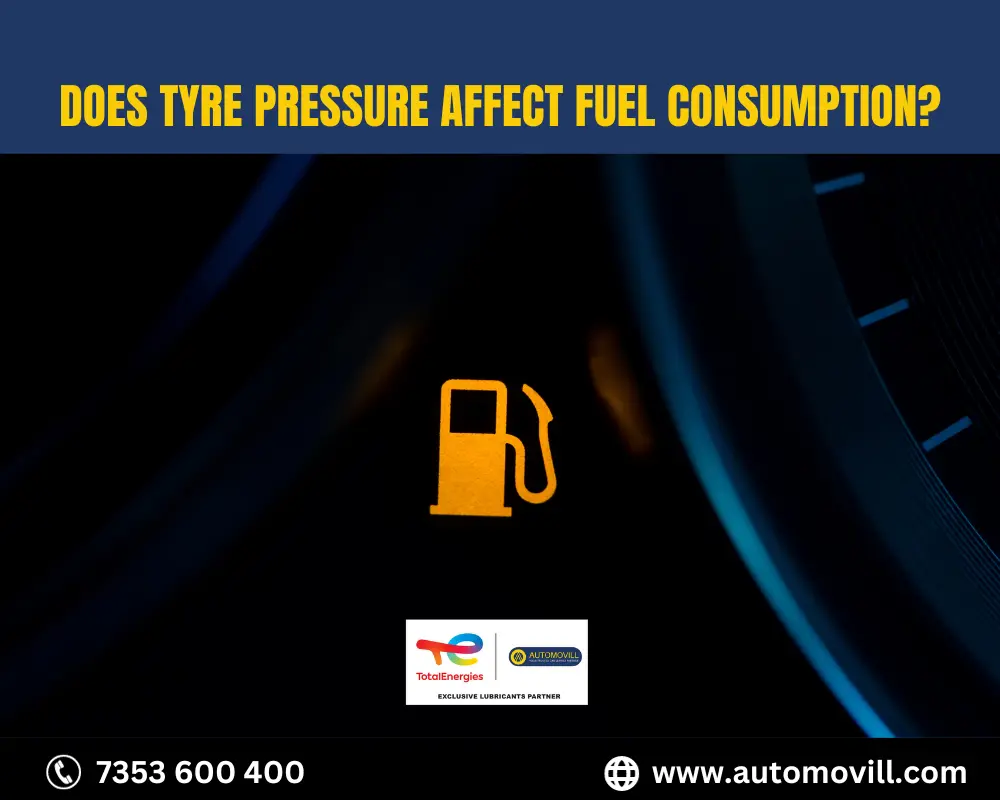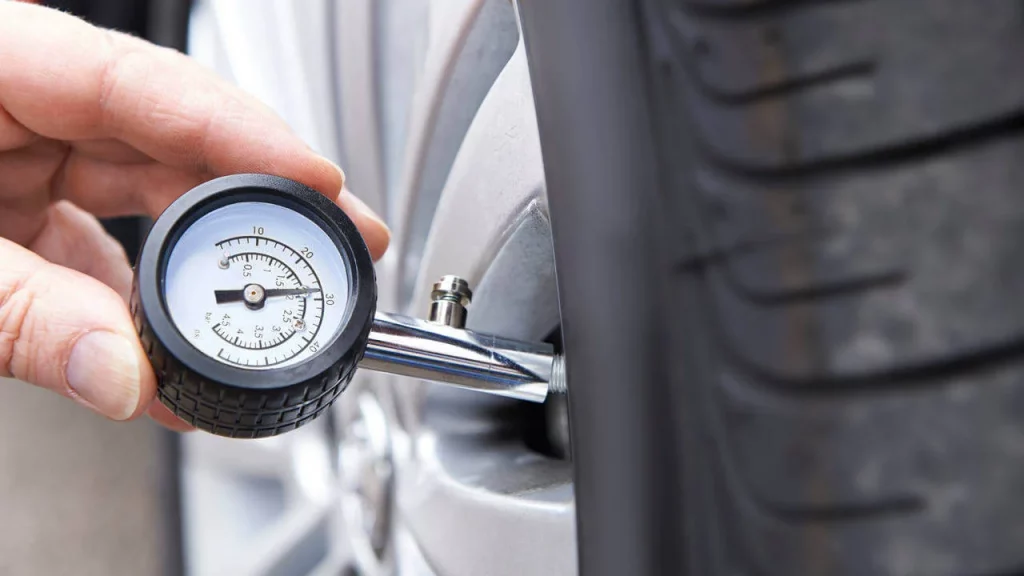
Maintaining proper tire pressure is often overlooked by vehicle owners, but it plays a crucial role in both safety and efficiency.
One of the key questions that arise in this context is, “Does tire pressure affect fuel consumption?”
In this blog, we will delve into this topic and explore how keeping your tires properly inflated can make a significant difference in your fuel efficiency.
Understanding Tire Pressure
Before we discuss the relationship between tire pressure and fuel consumption, it’s essential to understand what tire pressure is.
Tire pressure refers to the amount of air (measured in pounds per square inch or PSI) that your tires contain. The manufacturer of your vehicle specifies the recommended tire pressure in the owner’s manual and often on a sticker inside the driver’s door or the door frame.
How does Tyre Pressure Affect Fuel Consumption?

Maintaining the correct tire pressure is critical for several reasons, one of which is its direct impact on fuel consumption.
Here’s how tire pressure affects your vehicle’s fuel efficiency:
- Rolling Resistance: Underinflated tires have more contact with the road, which increases rolling resistance. This means that your engine has to work harder to move the vehicle, resulting in decreased fuel efficiency. Properly inflated tires reduce rolling resistance, allowing your car to move more efficiently.
- Improved Traction: Overinflated tires can also negatively impact fuel consumption by reducing traction. This might lead to tire slippage, especially in adverse weather conditions, where more power is needed to maintain control.
- Fuel Efficiency: Studies have shown that maintaining the correct tire pressure can improve fuel efficiency by up to 3%. While this might not seem like a significant number, it can add up to substantial savings over time, especially as fuel costs continue to rise.
- Tyre Longevity: Proper tire pressure not only saves you money at the pump but also extends the life of your tires. Underinflated tires wear out faster and unevenly, leading to more frequent replacements and additional expenses.
How to Maintain Proper Tire Pressure?
To enjoy the benefits of improved fuel efficiency, safety, and tire longevity, follow these steps to maintain proper tire pressure:
- Check Tire Pressure Regularly: Invest in a quality tire pressure gauge and check your tire pressure at least once a month. It’s best to do this when the tires are cold, as driving can heat up the air inside the tires, leading to inaccurate readings.
- Follow Manufacturer Recommendations: Refer to your vehicle’s owner’s manual or the information on the door frame for the recommended tire pressure. Do not rely on the pressure listed on the tire sidewall, as that is the maximum pressure, not the recommended pressure.
- Inflate as Needed: If your tires are underinflated, use an air compressor to add air until they reach the recommended PSI. Be cautious not to overinflate, as this can lead to a harsh ride and reduced traction.
Conclusion
Proper tyre pressure is not only essential for safety but also significantly affects your vehicle’s fuel consumption. By maintaining the recommended tire pressure, you can reduce rolling resistance, improve traction, and enhance your car’s overall efficiency.
This small effort can lead to noticeable savings at the gas pump and contribute to a greener, more economical driving experience.
So, remember to check your tire pressure regularly and enjoy the benefits of both improved fuel efficiency and a smoother ride.
